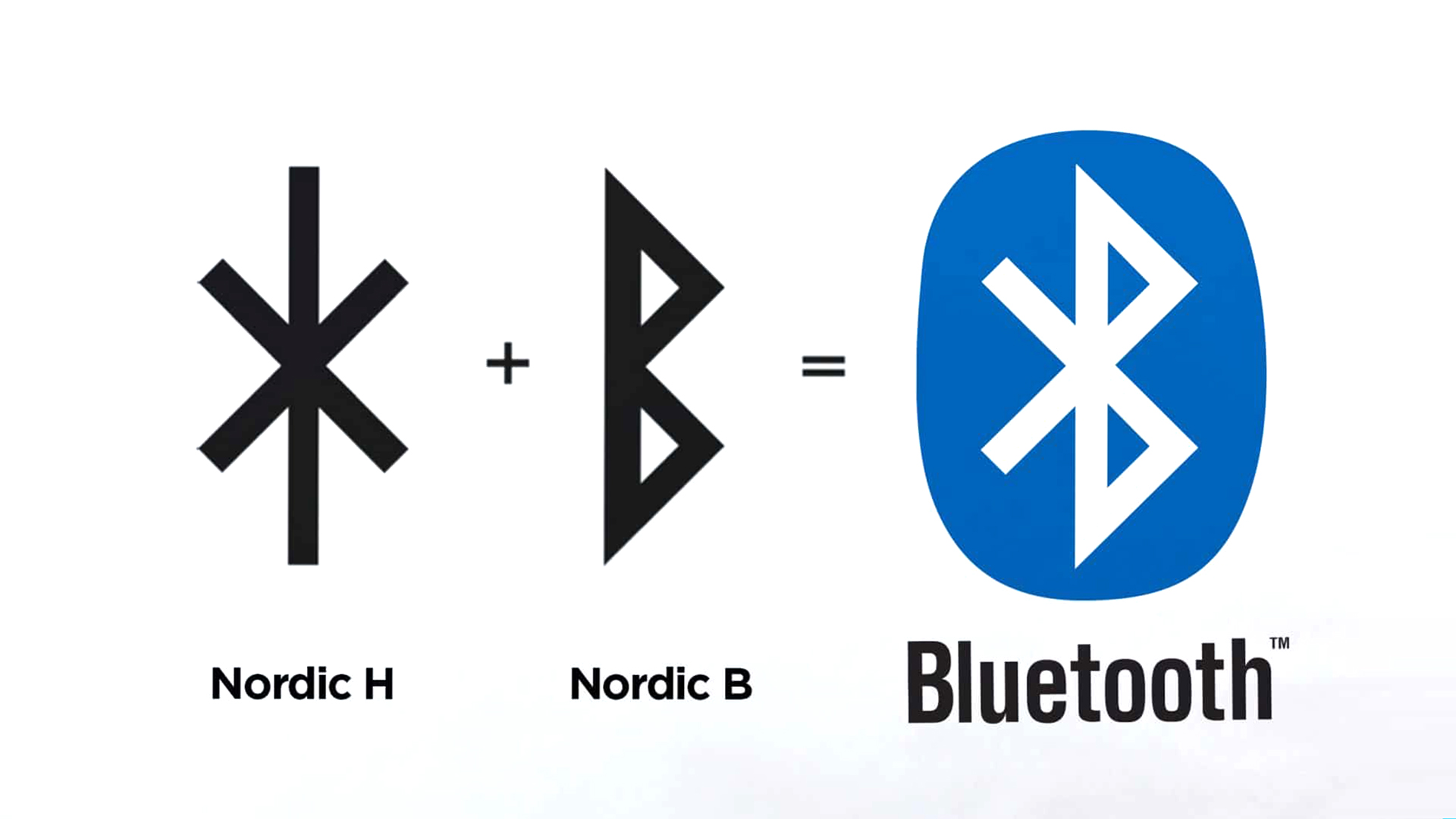The History of Bluetooth: From Viking King to Wireless Connectivity
The History of Bluetooth: From Viking King to Wireless Connectivity
Bluetooth is a ubiquitous technology that we use every day to connect our devices wirelessly. But where did this technology come from? What is the history of Bluetooth, and how did it evolve into what we know today?

The Origins of Bluetooth
Believe it or not, the origins of Bluetooth can be traced back to the Viking king Harald “Bluetooth” Gormsson, who ruled Denmark in the 10th century. He was known for his ability to unite people and his love for communication. The Bluetooth technology we know today is named after him, as it too was created to unite people and devices.
The First Steps in Bluetooth Technology
In the mid-1990s, Ericsson, a Swedish telecommunications company, wanted to create a technology that would allow their devices to connect wirelessly. They started working on a project that they called MC-Link, which eventually evolved into what we know today as Bluetooth.
The Development of the Bluetooth Standard
In 1998, Ericsson, Nokia, IBM, and other tech giants formed the Bluetooth Special Interest Group (SIG), with the goal of creating a standardized wireless technology that could connect devices from different manufacturers. The first version of the Bluetooth specification, Bluetooth 1.0, was released in 1999.
The Evolution of Bluetooth
Over the years, Bluetooth has continued to evolve, with new versions of the specification being released regularly. Bluetooth 2.0, released in 2004, introduced the Enhanced Data Rate (EDR) feature, which allowed for faster data transfer rates. Bluetooth 3.0, released in 2009, introduced the High-Speed (HS) feature, which allowed for even faster data transfer rates. Bluetooth 4.0, released in 2010, introduced low energy features, which made it possible to use Bluetooth in devices with low power requirements such as fitness trackers and smartwatches.
The Future of Bluetooth
Today, Bluetooth is a critical technology for wireless communication. It’s used in smartphones, laptops, headphones, smartwatches, and other devices. With the development of Bluetooth 5.0 and 5.1, the technology has become even more versatile, allowing for longer range and improved connectivity.
In the future, Bluetooth is expected to continue evolving, with new versions of the specification being released to address emerging needs. It’s also expected to play a crucial role in the development of the Internet of Things (IoT), which will rely heavily on wireless communication.
In conclusion, the history of Bluetooth is a fascinating story of how a technology that was first envisioned in the 10th century by a Viking king has become a ubiquitous wireless technology that we use every day. As Bluetooth continues to evolve and improve, it will undoubtedly play an even more critical role in the way we communicate and connect our devices.
